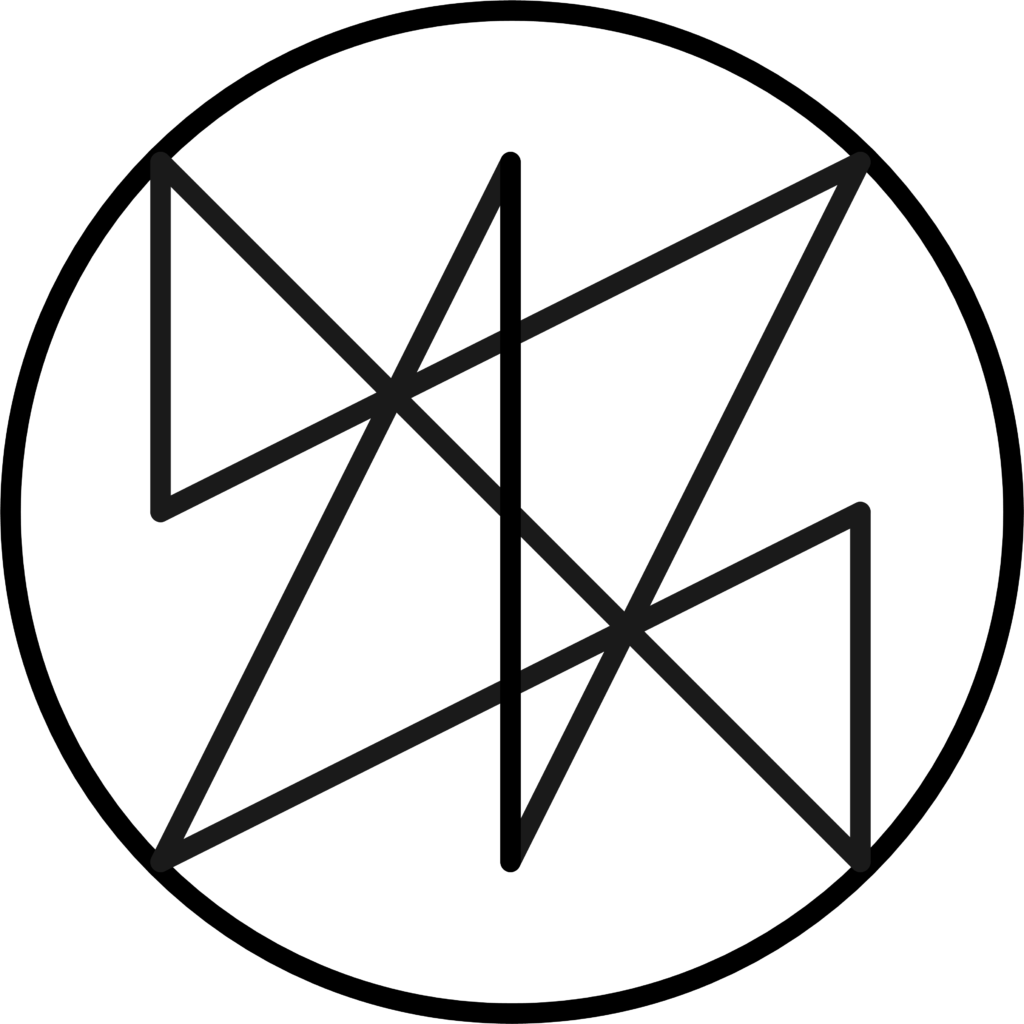In the 1950s, the Chinese government had masters of pulse diagnosis come together to compare their findings. There was such a disparity of results, it caused a reduction of the value of pulse diagnosis in the total scheme of the medicine. The role of pulse became a confirmation of that which had been concluded by questioning and observation. The additional time and effort required to master this topic did not fit into the demands of training a large body of physicians fit for practice. Thus, a set of common denominators was selected for the efficient training and delivery of the medicine. The more refined and subtle messages these various masters had identified were relegated into obscurity.
Many practitioners question the origin of rolling the fingers during pulse taking. The point of this article is to highlight the technique of rolling the fingers as classical, not a feature that is idiosyncratic to “special” systems. It is not only a product of antiquity or of some special lineage, but is written about and utilized by current practitioners of traditional Chinese medicine. Some examples include John Shen’s account of rolling into complementary positions. Aside from studies with John Shen, I have personally observed senior practitioners rolling fingers during the study of a patient’s pulse. During the course of teaching, I have had conversations with practitioners who claim that these methods are not “traditional.” However, when presented the citations that follow, they acknowledge there are doctors who practice this way.
Current Authors
Tietao Deng mentions1 the four methods of lifting, seeking, pressing and pushing. These methods of seeking and pushing imply the process of rolling the fingers to get additional information.
Diagnostics of Traditional Chinese Medicine refers to a technique called sliding. It says, “In addition, another method, the sliding, is used. It is to move fingers around the pulse position to detect abnormal changes of pulse. By sliding along the vessel we can know whether the vessel is long or short, while moving fingers transversely, we can find if the pulse is oblique-running or ectopic radial.”2 There are clearly no secrets being revealed by this text, however, it does substantiate the presence of these methods in current mainstream literature.
Neoclassical Authors
Qi Bo’s answer to the Yellow Emperor was: “Within the cun opening, there is a division of the superficial and deep levels, proximal and distal positions, and the left and right sides”.3 This statement is found in chapter 13, book one of the Mai Jing, in which Wang Shu-he refers to specific subdivisions of the distal positions. However, Wang does not explicitly state the significance of these complementary positions as do Shen and Hammer. Wang follows with a discussion of five elemental relationships and the potential pathology. He is implying an elemental assignment to each of these subdivisions without specifying what the assignment is. In practice, I have assigned elements to each of Wang Shu-he’s positions. They are as follows: earth is center; water is proximal; fire is distal; wood is radial; and metal is on the ulnar side. This arrangement is clinically effective and consistent with some Dong Han style thinking.
In book ten of the Mai Jing, the hand diagram of the 31 positions, there is a discussion of diagnosis related to the extra meridians and the six divisions. The identification of the yin wei and yang wei pulses require rolling radial and ulnar to distinguish between the two. There are several references like “the outer side of the distal position” and “the inner side of the proximal position.” Wang has clearly stated the idea of these subsidiary positions.4
Soulie De Morant describes rolling in some detail in his tome Chinese Acupuncture. “Thus, for the heart, the upper (proximal) half refers to the ventricles and the lower (distal) part, the auricles. For the sexual organs, the upper part responds to the testicles or ovaries, the middle the fallopian tube or the penis, the lower part the uterus.”5 In the section on location, aspects and significance of each pulse, he describes the following: “Radial edge: right half of the body. Medial edge: left half of the body.”6
Dr. John Shen recommends rolling into five positions from each primary position as a general statement. Two are proximal, radial and ulnar sides of the main vessel; three are distal to the primary position; one in the middle, one radial and one ulnar from the primary vessel. However, in practice he gives specific organ or tissue relations to the rolling of one’s fingers into a position (see Hammer’s articles in American Acupuncturist).
The practice of pulse diagnosis requires a tremendous amount of study under the tutelage of an individual who has had the privilege of being guided by a master. Knowing the descriptions is not enough. Having years of experience is not enough.
The potential of pulse diagnosis is vast. I have personally identified histories of birth trauma; tobacco smoking; marijuana use; parasitic infection; enlarged heart; recent relationship troubles; and so on. This set of skills is no mystery; colleagues in the Shen-Hammer method have had the same results. A competent practitioner, properly trained, may reproduce these findings with diligent application of the method.
References
- Deng T. Practical Diagnosis in Traditional Chinese Medicine. Churchill Livingstone, 1999, p. 90.
- Long Z (chief editor). Diagnostics of Traditional Chinese Medicine. Academy Press, p. 145.
- Shue-he W. The Pulse Classic. Translated by Yang Shou-zhang. Blue Poppy Press, 1997, p. 23.
- Shue-he W. The Pulse Classic. Blue Poppy Press, 1997, pp. 351-61.
- De Morant S. Chinese Acupuncture. Paradigm Press, 1994, p. 200.
- Ibid, p. 301.
September 2001
